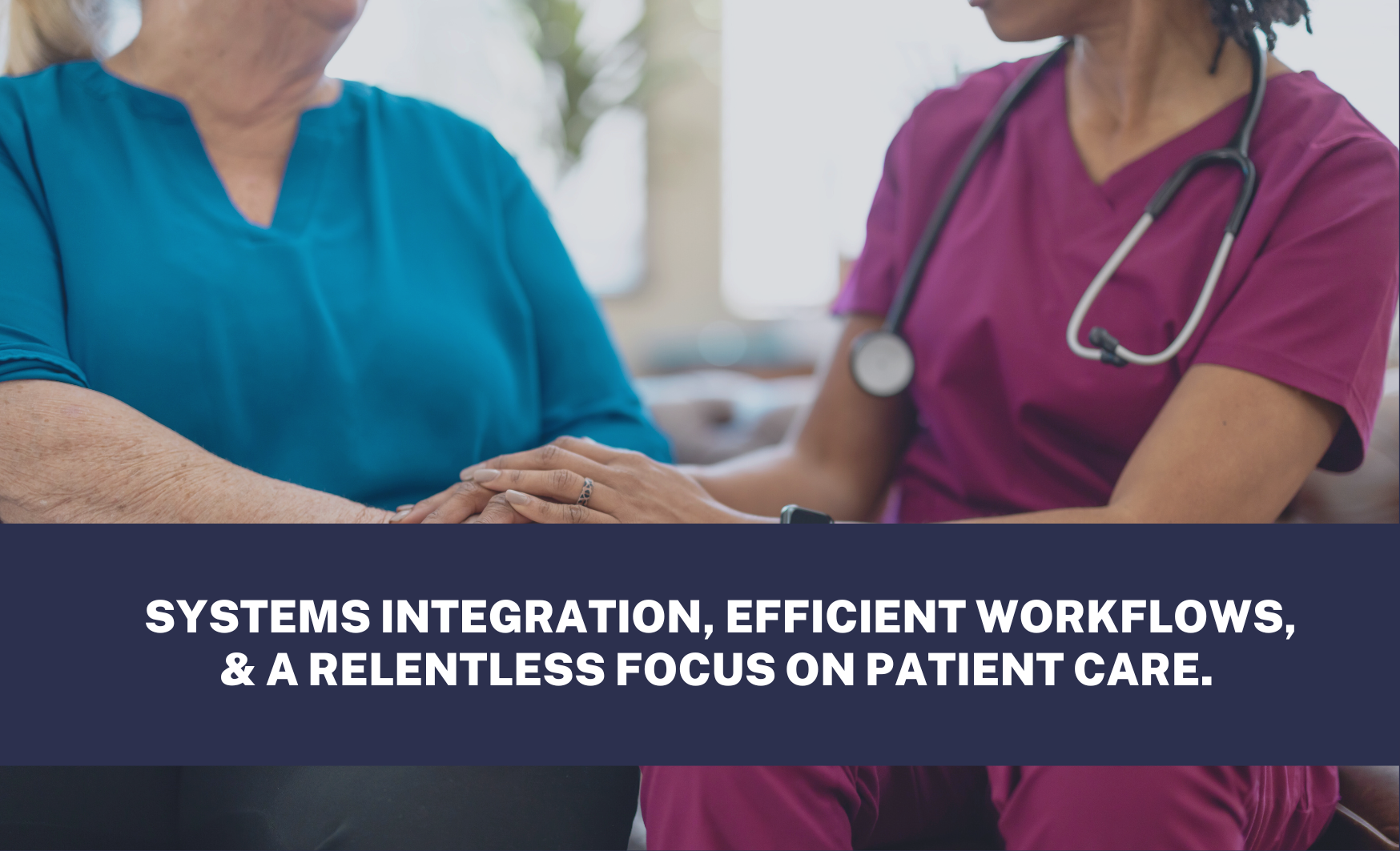Telemedicine is here to stay. But that doesn’t mean that in-person healthcare is going anywhere – soon or ever.
It’s becoming clear that a hybrid approach is the way forward for the healthcare sector, with many hospitals and clinics already relying on remote technologies that they scaled up dramatically during the COVID-19 pandemic. As a result of that experience, previously reluctant clinicians and patients have grown accustomed to telemedicine solutions, and reimbursement policies have begun to catch up with the technology. Telemedicine visits and remote patient monitoring (RPM) expand access to care, help alleviate the challenges associated with provider shortages, and in many instances, are more convenient for patients. While alternatively, in-person care is sometimes preferred (and often necessary) for specific patients, tests, and treatments.
Much of the technology needed to provide excellent hybrid care is already here, but healthcare organizations are still struggling to effectively stitch solutions together in ways that lead to both manageable workflows and improved outcomes.
Highlighted below are three areas that providers and administrators should focus on as they build out their hybrid healthcare offerings.
1. Systems Integration – Presently, some telemedicine and remote monitoring solutions exist essentially as islands: They offer important use cases and information on their own, but because they’re not effectively integrated with other IT systems, they are limited in what they can add to a patient’s overall treatment plan. This is going to have to change – and change quickly. In fact, I would go so far as to say that integration with electronic health record (EHR) systems like Epic has become imperative for remote monitoring tools. The obvious examples include having two-way communications of documents and relevant data from the EHR to additional remote monitoring platforms, but also having billing information generated by specialized algorithms flowing to the proper users. Integrations with EHR systems can offer a whole new level of benefits. One simple, but powerful, example: by marrying clinical data with data from cardiac remote monitoring (CRM) devices to classify and prioritize alerts automatically. Specifically, being able to feed a clinical decision support system with data about medication can help automate triaging alerts and thus considerably decreases how much noise has to be reviewed by hand.
Systems integration doesn’t have to happen all at once. A healthcare organization might work its way up through identity verification, automated billing, and integrated reports, all the way to two-way sync and direct access.
Read the full article here.
By Arnaud Rosier, CEO of Implicity

